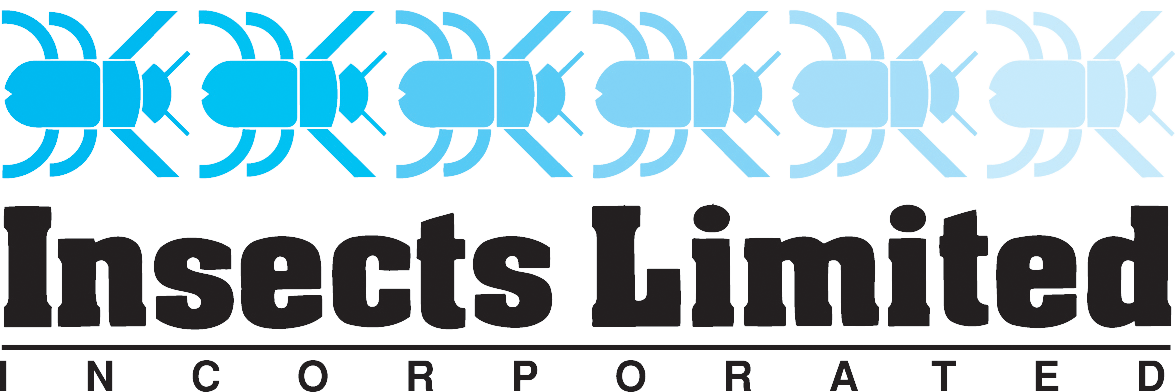Health Food Store Insect Problems
The Indian Meal Moth (Plodia interpunctella)
One insect is found more often than any other on stored food and grain in the United States. This is the dreaded Indian meal moth (IMM). Since they feed on any items containing grain or cereal products, the Indian meal moth alone is responsible for most of the insect problems associated with the natural food industry.
Let's take a little time to find out about this guy that spends your money so freely. This is one of the easiest stored food insects to identify because the adults have a colorful appearance and the larvae leave a silken webbing trail wherever they crawl. Newly emerged adults are bi-colored and measure about 1/2" from top to bottom.
Description
Eggs: are microscopic. Female adults lay 350-500 eggs during their short lifetime.
Larvae: Usually feed in protected areas such as the ears on a bag or in cracks and crevices. This is the damaging stage. The larvae can chew through bags of food and seed. These larvae are yellowish-white in color but will take on several tints of light green, pink and brown.
Pupa: This quiescent stage can be seen covered in a silken cocoon. No damage occurs during this stage.
Adult: Indian meal moths only live for 5-7 days. Their major function is to reproduce. This is why the Pheromone traps work so well. The male moth is very attracted to the pheromone scent.
Life Cycle: All insect life cycles are dependent on temperature and environmental conditions; but in the summer months (65+° F, 18+°C) the IMM will take 5 to 7 weeks to develop. Although this pest is not a native to the US, it has spread throughout this country.
For more detailed information about this insect, visit the Identify the Indian Meal Moth information page.
